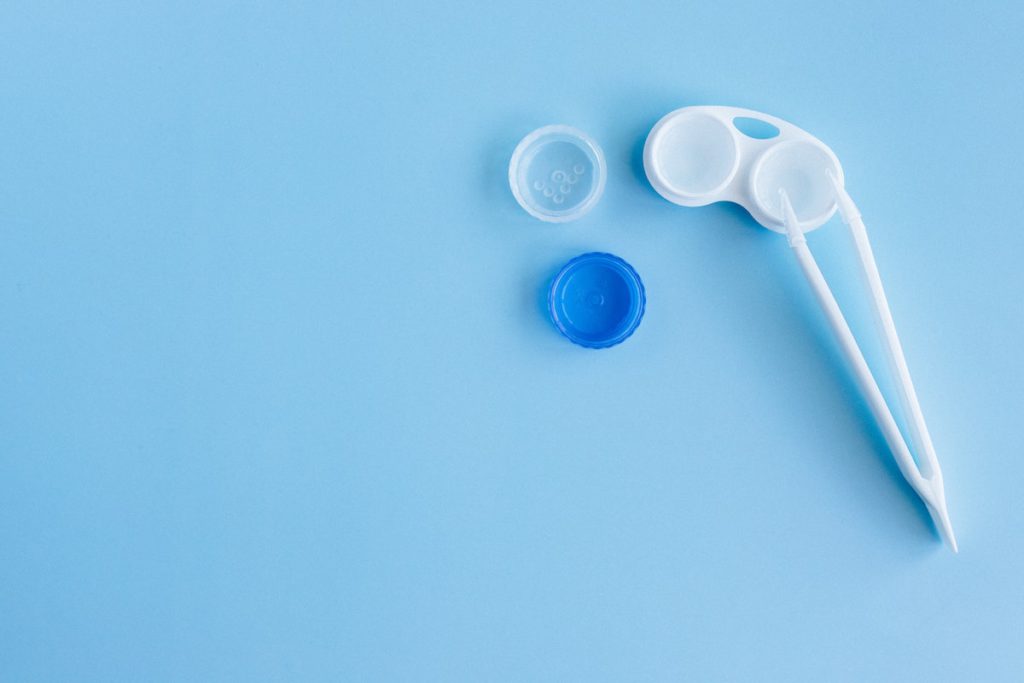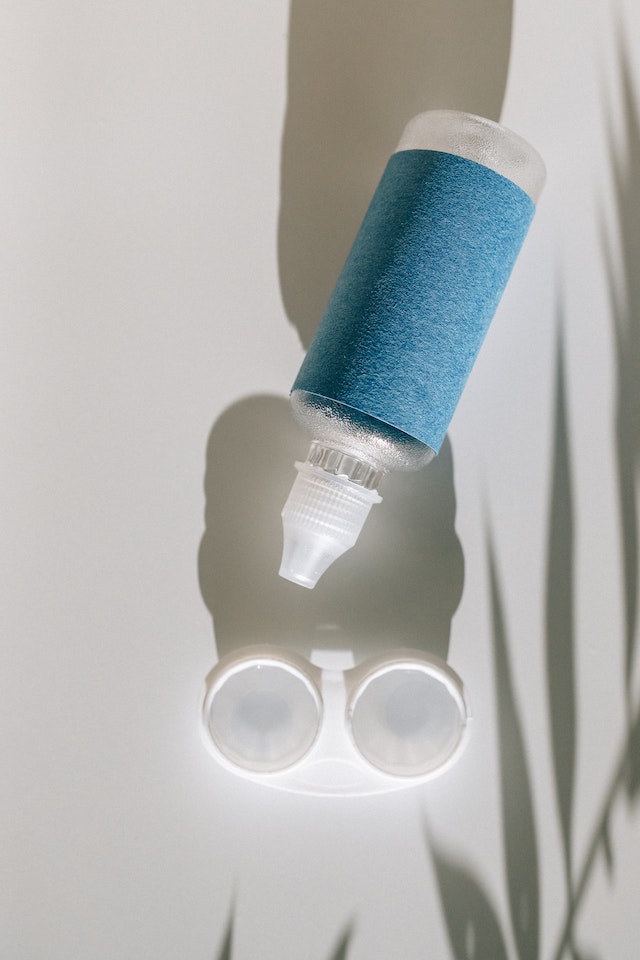
You may have heard contact lenses come in a variety of shades, though they are also available in transparent materials that do not change the colour of your eyes. You are welcome to wear colour contact lenses for aesthetic reasons, but the main purpose of these lenses is to enhance vision. To keep your contacts as safe and comfortable as possible, just follow your eye doctor’s prescribed schedule of care and lens replacements, and visit your practitioner regularly for a checkup.
Once your doctor has prescribed contacts that are appropriate for your lifestyle, adhere to the replacement schedule that he or she has indicated for your lenses. Disposing of contact lenses right after the recommended wearing schedule removes the need to use them. The FDA defines a day-disposable contact lens as the one you use once and throw away. Program-replacement contact lenses are worn and removed every day, but lenses are replaced every two to four weeks.
Many contact lens vendors and eye care practitioners call routine/planned-replacement lenses disposables, which can be confusing because routine/planned-replacement lenses are used more than once. Then there are contacts known as scheduled replacement lenses, which are soft lenses that are exchanged every couple of weeks, month, or quarter (instead of being thrown away every day or for some time during an extended period of wearing), according to the American Optometric Association (AOA).
If you are already wearing contacts, or are interested in wearing contacts let your optometrists guide you for any concerns about eye health to make sure contact lenses are a good option for you, and will explain how those concerns might impact your comfort while wearing contacts. During the examination, your eye doctor will determine your corrective lenses prescription (at this point, it is only the eyeglasses prescription) and will also check for any eye health problems or other issues that could prevent successful contact lenses use.
The slit-lamp exam is usually performed in your routine eye examination, however, your eye doctor will take extra time to do the slit-lamp examination for patients wearing contacts. Your contact lens fit will include several follow-up visits to ensure your doctor confirms the lenses are adjusting properly for your eyes and that your eyes can handle the contact lenses. Some lenses need to be removed every night and cleaned with a solution recommended by your contact lens practitioner. When taking care of contacts at home, use a quality contact lens cleaning product and cleanse your lenses as frequently as recommended to eliminate the bacteria that accumulate.

You may be worried about maintaining strict schedules. Just ask your eye doctor to look into disposable contacts that are daily-use only or contacts that are approved for extended-wear. The length of time you can wear contacts for a single use depends on which type of contacts you have daily contact or extended wear and whether you have any eye health issues, like dry eyes or sensitivity. You can wear colourful blue contacts for the same amount of time every day as you would wear a standard, everyday-wearing contact.
If you are using daily-wear contacts, which need to come off before you go to sleep. You may be able to wear the lenses between eight and 16 hours per day. If you have never worn contacts, your eye doctor will give you a schedule indicating how long you can wear them before they need to be removed. Wearing contacts for too long may lead to dry eyes, redness, cornea damage, and chronic inflammation, which may lead to you losing your tolerance for contacts. Over-wearing contacts, or wearing them for longer than the recommended wearing time (3 weeks vs. two weeks), leads to protein buildup and increases irritation of the eyes.
As long as you are following all your doctor’s recommendations for maintaining your eye health, and you are never wearing anyone else’s prescription contacts, contact lenses are a tremendously safe choice. Keeping the following tips in mind will allow you to make the most of the benefits of your contact lenses, and prevent most problems with your eyes and vision. Patients have a variety of reasons not to follow the schedule of wearing their contacts, and it is the job of their eye care team to help them understand why doing so is important.
If these red flags are apparent at a subsequent appointment, many things can be recommended, including trying out a different lens or material, using different methods to take care of the lens, or changing the timing for when you should wear the contacts. Over time, your eyes and lenses can change, often without symptoms or warning signs, and this may place you at risk of developing potentially serious complications, including vision loss.
While tactics such as cleaning lenses every day and following proper contact case hygiene help prevent development, eventually, if you are using, say, daily disposables for an entire week, this is going to happen anyway. If you are wearing long-term contacts the only contacts that are currently approved for overnight wear keep in mind that wearing contacts for extended periods including at night increases the risk of developing eye infections.
